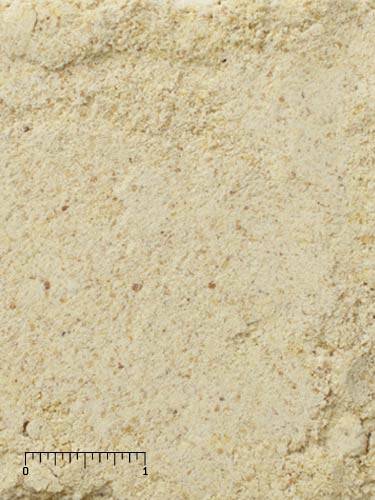Every exotic animal deserves the right nutrition
| Crude protein not less than Crude fat not less than Crude fiber not more than Moisture not more than Ash not more than | 25.00% 9.00% 2.50% 12.00% 8.90% |
Dehulled Soybean Meal, Wheat Flour, Corn Starch, Soy Protein Concentrate, Soybean Oil, Sugar, Dicalcium Phosphate, Brewers Dried Yeast, Calcium Carbonate, Lecithin, Salt, DL-Methionine, Tagetes (Aztec Marigold) Extract (Color), Choline Chloride, Dried Lactobacillus acidophilus Fermentation Product, Dried Lactobacillus casei Fermentation Product, Dried Bifidobacterium thermophilum Fermentation Product, Dried Enterococcus faecium Fermentation Product, L-Ascorbyl-2-Polyphosphate (Vitamin C), Zinc Sulfate, Manganese Sulfate, Ferrous Sulfate, Nicotinic Acid, d-Alpha Tocopheryl Acetate (Vitamin E), Calcium Iodate, Preserved with Mixed Tocopherols, Canthaxanthin (color), Calcium Pantothenate, Citric Acid (a Preservative), Copper Sulfate, Riboflavin-5-Phosphate, Thiamine Mononitrate, Pyridoxine Hydrochloride, Menadione Sodium Bisulfite Complex (Vitamin K), Folic Acid, Vitamin A Acetate, Beta Carotene, Biotin, Rosemary Extract, Sodium Selenite, Cholecalciferol (Vitamin D3), Vitamin B12 Supplement.
NEVER FEED DRY POWDER
- For best care, establish a planned feeding program using sanitary practices. Mix with water to appropriate consistency for the age of chick that you are feeding. Young chicks will require more water.
- As chicks grow, feeding frequency will decrease, allow crop to empty before next feeding. Feed until crop is full or chick refuses to eat.
- To ensure complete hydration of the product, mix with hot water and feed when the temperature is between 100º to 105º F (38º to 40.5º C). If it is too hot, add a small amount of cold water to reach feeding temperatures, or wait until the formula reaches an appropriate feeding temperature.
- Water:powder ratio may vary among species. Measuring of powder by weight is recommended. Suggested mixing ratios should be modified to fit the nutritional and hydration needs of the birds you are feeding and to ensure that the product will flow through the syringe you are using.
- In the first weeks post-hatch, 80% Water: 20% Powder (measure by weight).
- As the bird grows, 70% Water: 30% Powder (measure by weight).
- Mix thoroughly with a fork or whisk until fully mixed.
- This product contains pigment ingredients important to the birds. Some pigments may not be fully absorbed, and pink feces may occasionally be observed. This is normal and may vary over time.
- Feed until the crop is full using the appropriate hand-feeding syringe. Do not overfeed.
- Most chicks will eat 10% or more of their body weight per feeding. Growth rates can vary by bird and species, so monitor body weight daily. This is the most accurate way to ensure proper growth and feeding rates.
Feeding Notes:
- Under-heating can cause crop stasis, and over-heating can cause crop burn.
- Never use a microwave to heat formula as it can create hot spots and cause crop burns.
- Never feed dry powder. Always mix fresh with water; do not reuse.
- Make a fresh batch of formula for each feeding. Reheating is not advised.
- Do not use formula for more than 6 hours after preparing.
- Do not dilute the formula excessively as this will reduce calories fed to the chick and will impair growth and development.
- Use good sanitation practices and good quality water.
- Thoroughly wash feed and water bowls on a regular basis. It is always good practice to wash hands thoroughly after feeding and/or handling animals.
- This diet is not for human consumption.
Storage Conditions
For best results, reseal the bag between uses or store contents of open paper sack in container with sealing lid. Store in a cool (75°F/24°C or colder), dry (approximately 50% RH) location free from rodents and insects. Do not offer moldy or insect-infested feed to animals as it may result in illness, performance loss or death. Freezing will not harm the diet and may extend freshness. Use within 1 year of bag manufacturing or "Best if Used By" date.
Ask Our Experts
Get nutrition advice you can trust from experts who understand the unique nutritional needs and behaviors of your exotic animals.
Get Advice